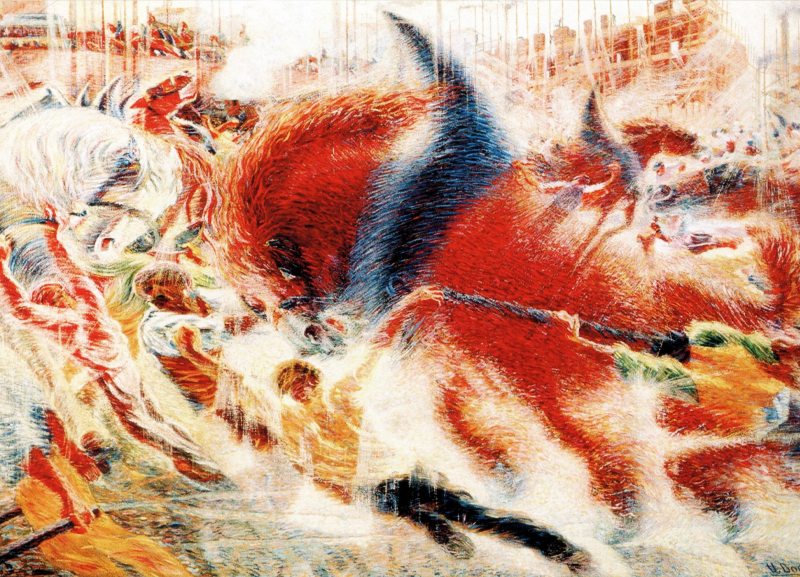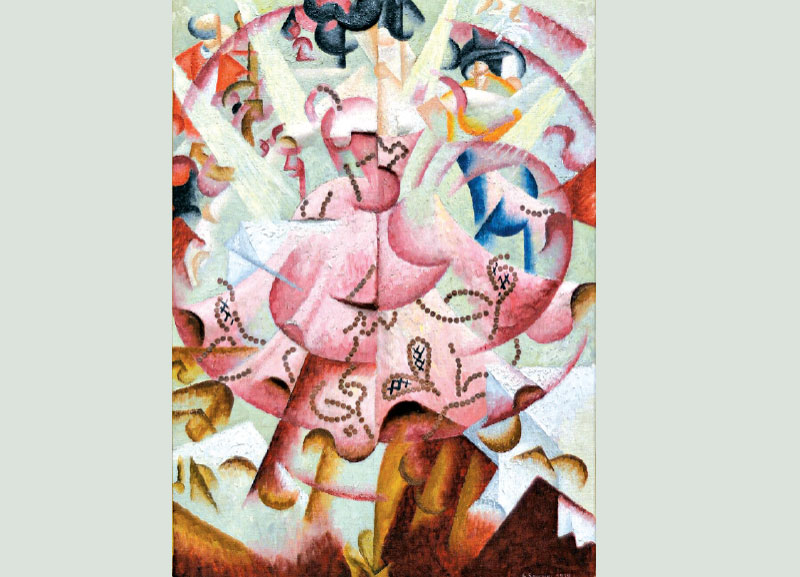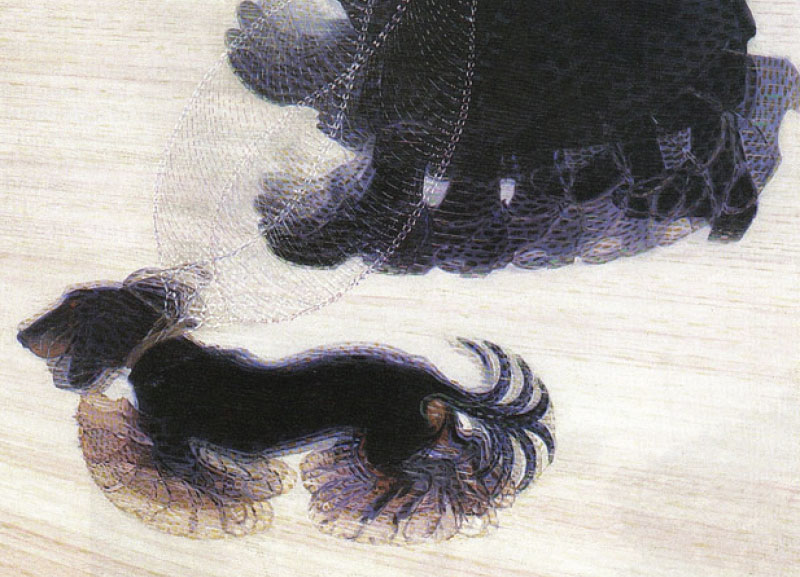

Futurism was one of the most radical and controversial movements of the modernist era. Born in early 20th-century Italy, it embraced the excitement of a rapidly changing world. Futurists celebrated machines, speed, energy, violence and innovation, while boldly rejecting the past. The movement aimed to reflect modern life through art that captured the sensations of movement, power and transformation.

Origin of the Futurism
Futurism was officially launched on February 20, 1909, when Filippo Tommaso Marinetti published his ‘Manifesto of Futurism’. The manifesto praised the beauty of speed, machinery, youth and war and called for a total break from classical art and culture.
Marinetti’s ideas inspired several Italian artists including Umberto Boccioni, Giacomo Balla, Gino Severini and Carlo Carrà, who sought to turn these revolutionary thoughts into modern figurative art. The movement began in Milan but quickly spread to Turin, Naples and other parts of Europe. Artists, writers, sculptors and architects were drawn to this movement.
Essence of Futurism
Futurist artists wanted to express the dynamic motion of modern life. They were influenced by Cubism’s intersecting planes and Fauvism’s vivid colours, but used these elements to create art that pulsed with speed and power.
In 1911, Futurist painters showcased their work at the Mostra d’arte libera in Milan. Their paintings had thread-like brushstrokes and deep, glowing colours and often depicted fragmented, fast-moving space. They focussed on machines, industry and modern urban life, rather than traditional subjects like portraits or landscapes.
Futurists also admired war, seeing it as a force of renewal. Their artworks celebrated the energy of construction, manual labour and even chaotic conflict, using broken forms and aggressive compositions to show action and movement.
In sculpture, Umberto Boccioni’s ‘Unique Forms of Continuity in Space’ (1913) was a breakthrough—a human-like form striding forwards with powerful, machine-like force. This iconic work became one of the best-known symbols of Futurism.
By the end of 1913, the movement began to lose unity, as artists developed their own directions. The Russian version of Futurism took on a distinct form, separate from its Italian roots.
Identifying Futurism
Futurist artwork can be recognised by:
FAMOUS CUBIST ARTISTS & THEIR WORKS
Umberto Boccioni

Gino Severini

Carlo Carrà

Giacomo Balla






